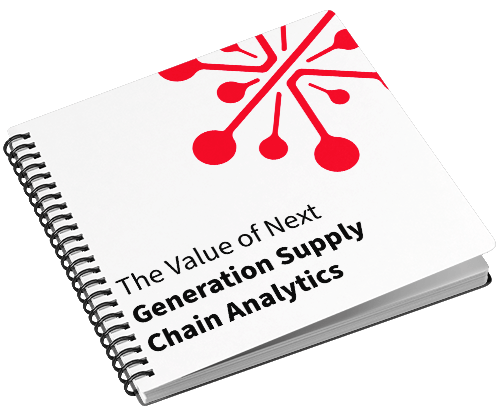Unlock Alpha with Network Driven Investment Strategies
Strategy Insights & Performance Results
The Value of Timely Supply Chain Data
02/02/22
Strategies Covered
Return Momentum
We look for momentum signals from the peers’ stock performance. The strategy seeks to capitalize on the information that is already priced in one company, but not or only partially in its customers or suppliers, or the customers of the customers, or suppliers of suppliers.
Fundamental Flow Factors
We focus on companies’ fundamental metrics instead of using their peers’ stock returns. This category of strategies are called fundamental flow factor strategies. Factors computed from related companies’ fundamentals such as the return on equity (ROE), return on assets (ROA), or the earning yield are used to predict the performance of the target company’s stock performance.
Link Interaction Factors
We find performance based on features directly induced from the number of suppliers or customers or from the supply chain network as a whole.
.png?width=1050&height=450&name=download%20(3).png)
The Value of Timely Supply Chain Data
If American Airlines (AAL) reports an unforeseen drop in their number of passengers, market participants update their expectations for AAL’s future profitability. If the downturn turns out to be persistent, AAL is likely to order fewer jets in the time coming. To formulate that in a probabilistic way, we could say that the likelihood of a decreased order in the future has increased as a result of the fewer air traffic passengers today.
This of course will put obvious pressure on Boeing (BA), the main supplier of AAL’s planes. Further up the supply chain, Kaiser Aluminium (KALU) is likely to be affected, too.
To access this detailed report, please click the download button below.
Key Highlights
- Investors still appear to focus primarily on customer relationships, as first degree customer momentum remains a strong near-term factor and is especially affected by timeliness of the data; second degree customer momentum shows its effect after a significant delay and is ripe for acceleration with a timely data source.
- Supplier momentum is a weaker effect than customer momentum, but is still not fully incorporated into the market.
- Changes in profitability metrics can push or pull value up and down the supply chain, affecting the future performance of customers and suppliers; this is likely separate from volume-driven propagation because of its opposite directional effect.
- Information on unlisted company relationships is not fully incorporated in the market.
- Complex metrics like eigenvector centrality are not fully incorporated in the market, either statically or dynamically.
- Timeliness of the data matters significantly.

Download The Value of Timely Supply Chain Data Whitepaper
The Value of Next Generation Supply Chain Analytics
22 June 2022
Key Highlights
In this paper, we have constructed a variety of portfolios based on supply chain data metrics. While some of the L/S portfolios achieved exceptional performance for the time window evaluated, some strategies do not lead to the same level of results. In general, the strategies that make intuitive sense given typical supply chain dynamics and have clear reasoning behind them have worked well. From the analysis, the conclusions are straightforward:- Investors still appear to focus primarily on customer relationships, as first-degree customer momentum remains a strong factor.
- Supplier momentum is also clearly visible and tends to be incorporated into the market later.
- Changes in profitability metrics, namely the gross profit margin, can push or pull value up and down the supply chain, affecting the future performance of customers and suppliers.
- Complex centrality metrics are not fully incorporated in the market, either statically or dynamically.
